Parque Tapgol (탑골공원)
13.0Km 2021-12-30
Jong-ro 99, Jongno-gu, Seúl
+82-2-731-0534
También conocido como Parque Pagoda, el Parque Tapgol, localizado al lado del templo Weongaksa de la era Joseon, es el primer parque moderno construido en Seúl. El remplo Weongaksa era conocido como templo Heungboksa durante la dinastía Goryeo, pero fue renombrado cuando fue ampliado durante los inicios de la era Joseon. Sin embargo, fue destruido durante el reinado de Yeonsangun y Jungjong debido a la fuerte política de represión hacia el budismo. Más adelante, un parque occidental fue contruido a propuesta del inglés John Mcleavy Brown, pero no hay información precisa sobre la razón y la fecha. El parque contiene varios tesoros nacionales, incluidas la placa que conmemora el movimiento independentista Wongaksaji y la estatua de Byeong-hee. El parque es de gran valor histórico y un espíritu nacional al ser el punto de inicio de la Protesta de Independencia del 1° de mayo de 1919.
Centro de Arte de Namsan (남산예술센터)
13.0Km 2021-12-27
Sopa-ro 138, Jung-gu, Seúl.
+82-2-758-2150
Situado en el barrio de Myeong-dong, Seúl, el Centro de Arte de Namsan es un centro complejo cultural que presenta actuaciones artísiticas innovadoras y creativas a todo el público, permitiéndole que participe también en actividades interactivas. Antes, este lugar era un viejo centro de rodaje de telenovelas, pero tras su remodelación, renació como el Centro de Artes de Namsan, en junio de 2009.
El Centro de Arte de Namsan está compuesto por 2 áreas que son el Centro de Telenovelas y el Centro de Educación Artística. El Centro de Telenovelas es un teatro y presenta obras interpretadas por artístas nacionales e internacionales que toman como el temas principales el futurismo y la innovación. El teatro cuenta con 480 asientos en total y es utilizado también para presentar diferentes obras de teatro moderno, ceremonias escolares, audiciones, etc. Y el Centro de Educación Artística es un lugar donde todos los ciudadanos puede aprender sobre diferentes tipos de arte y participar en distintas actividades interactivas.
Zona de Acampe de la Aldea Jeonwonilgi (전원일기마을캠핑장)
13.0Km 2025-06-10
Iryeong-ro 327-beongil 227-15, Jangheung-myeon, Yangju-si, Gyeonggi-do
Calle de Puestos Callejeros de Jongno 3-ga (종로3가 포장마차 거리)
13.0Km 2025-05-27
Gwansu-dong, Jongno-gu, Seúl
Pabellón Palgakjeong de Namsan (남산 팔각정)
13.1Km 2021-06-19
Namsangongwon-gil 105, Yongsan-gu, Seúl
Originalmente conocido como Unamjeong, este pabellón fue construido para conmemorar al entonces presidente Rhee Syng-man en 1959, y fue demolido por el Movimiento del 19 de abril de 1960, y reconstruido de nuevo el 11 de noviembre de 1968. Este pabellón se encuentra en la cima del monte Namsan, con vistas increíbles de toda la ciudad.
Namsan Seoul Tower (남산서울타워)
13.1Km 2025-04-02
Namsangongwon-gil 105, Yongsan-gu, Seúl.
Abierta al público el 15 de octubre de 1980, la Torre de Seúl ha sido designada como una importante atracción turística, desde la que se puede tener una hermosa vista panorámica de Seúl. La Torre de Seúl, de 236,7 metros de altura, construida sobre el monte Namsan –de 243 m–, ha sido conocida como la mejor torre de Asia. Tras 30 años de apoyo ferviente de los turistas, fue remodelada el 9 de diciembre de 2005. La letra N significa “nuevo”, por su aspecto, y fue invertido un coste de construcción total de 15 mil millones de wones en dar a la Torre de Seúl su nueva apariencia. Con la construcción del nuevo sistema de alumbrado, varía en cada estación o evento. Además, la iluminación, con el tema de “La flor de Seúl”, tiene lugar desde las 19:00 hasta la medianoche, con el empleo de 6 reflectores distintos desde diferentes ángulos. El lobby cuenta con una Zona Multimedia, una Sala de Experiencia del Pabellón, salas de exhibiciones y salas de actuaciones. También hay el restaurante N Grill, de estilo occidental, que gira 360 grados cada 48 minutos, y el Sky Restroom que ofrece comodidad y vistas panorámicas de Seúl; ambos son ideales para parejas y amigos.
Aqua Planet Ilsan (아쿠아플라넷 일산)
13.1Km 2025-10-30
Hallyu World-ro 282, Ilsanseo-gu, Goyang-si, Gyeonggi-do
El Aqua Planet Ilsan es un espacio para mostrar diversos aspectos del ecosistema marino, con el fin de dar a conocer el valor de la cultura marítima y la importancia de la preservación del ecosistema.
Museo Prehistórico de Geomdan en Incheon (인천 검단선사박물관)
13.1Km 2021-08-13
Gosanhu-ro 121-beongil 7, Seo-gu, Incheon
+82-32-440-6790
En 1999, en el área de Geomdan se llevó a cabo la excavación de reliquias culturales. Como resultado de este proyecto, varias reliquias y ruinas desde la Edad de Bronce y la Edad Paleolítica hasta la dinastía Joseon fueron decubiertas; y luego, el 27 de noviembre de 2008, fue construido el Museo Prehistórico de Geomdan. El museo muestra el estilo de vida de los tiempos prehistóricos y también tiene programas prácticos.
Seonggyeong Mandu Yori Jeonmunjeom - Jongno Branch (성경만두요리전문점 종로)
13.1Km 2025-05-27
88, Supyo-ro, Jongno-gu, Seoul
White jeongol (Korean-style hot pot) is soup cooked with dumplings and vegetables. The best menu at this restaurant is dumpling hot pot. This is a Korean cuisine located in Cheonggyecheon Stream, Seoul.
Calles de los Hanok de Ikseon-dong (익선동 한옥거리)
13.1Km 2025-05-26
Ikseon-dong, Jongno-gu, Seúl

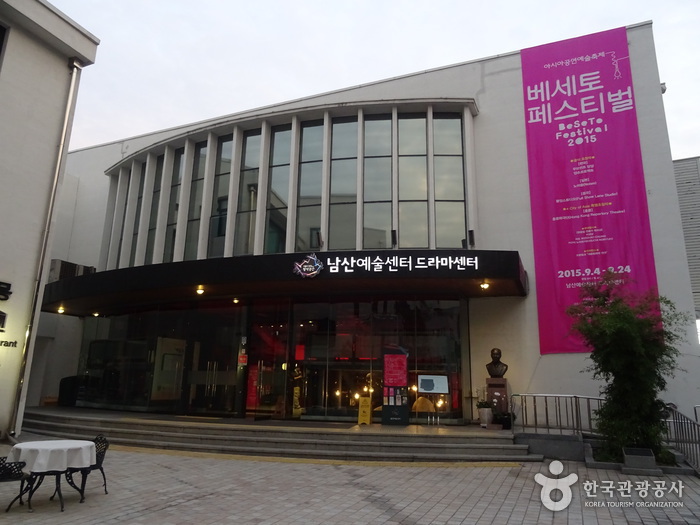
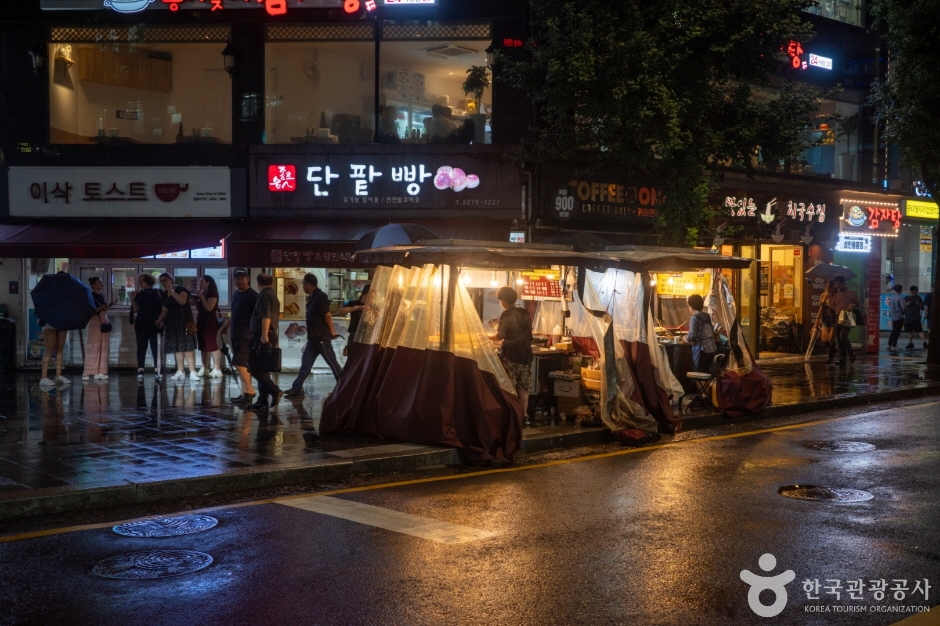
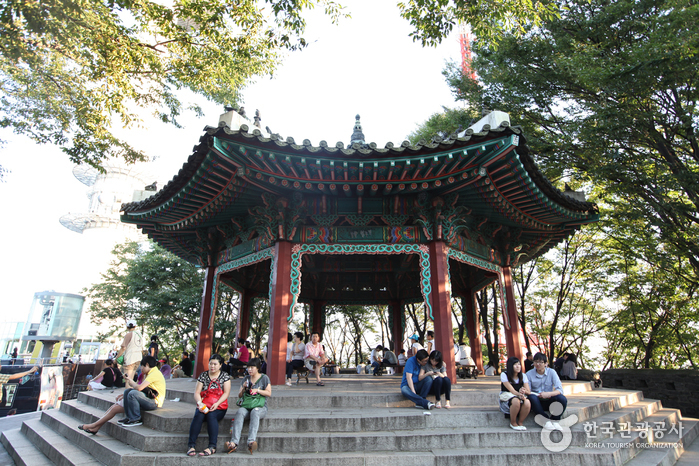

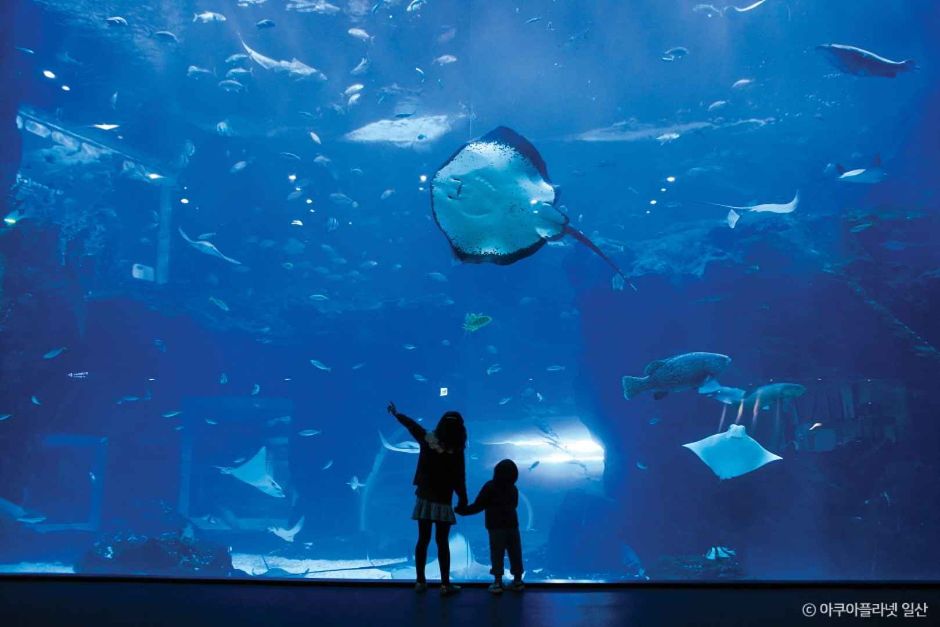
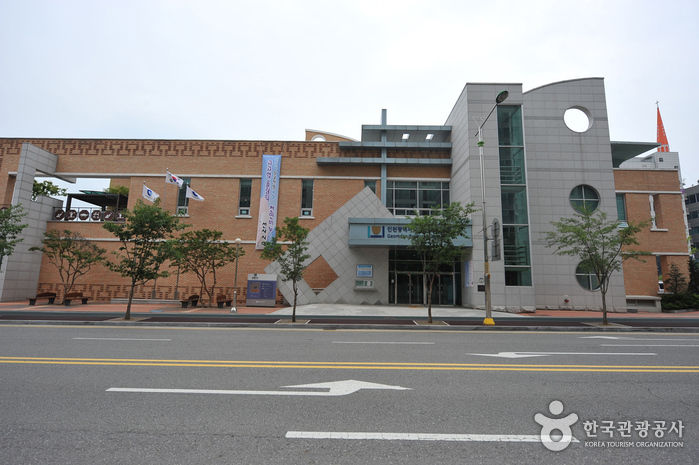
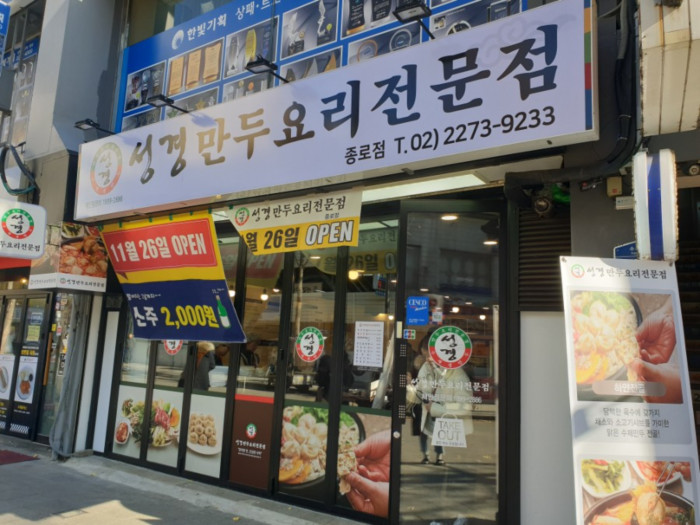
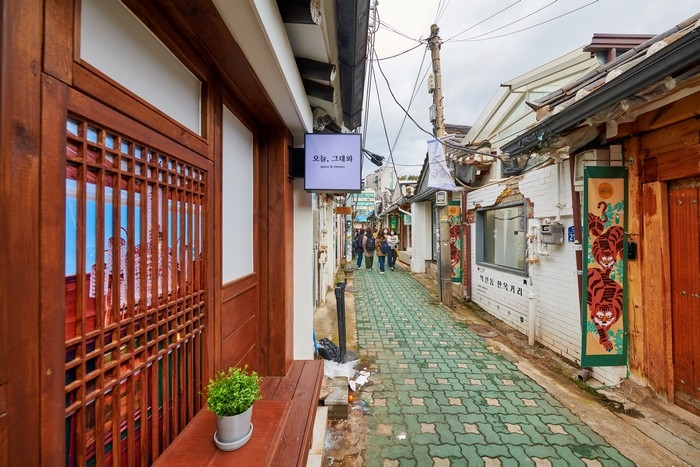
 Español
Español
 한국어
한국어 English
English 日本語
日本語 中文(简体)
中文(简体) Deutsch
Deutsch Français
Français Русский
Русский